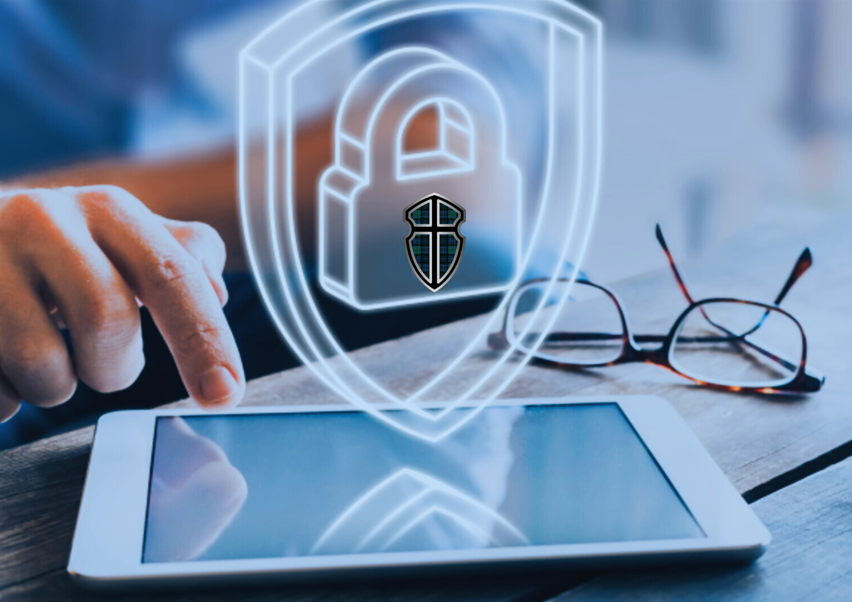Incident Response Planning in the EU: A Calm, Practical Guide
Why an IRP Matters
A well-designed incident response plan for SMEs turns a bad day into a manageable one. In the EU, it also supports EU cybersecurity governance and compliance by giving teams clear roles, actions, and reporting paths. Regulations like NIS2 and GDPR expect organizations to detect incidents quickly and notify the right authorities when personal data or essential services are affected.
A Simple, Step-by-Step IRP
First, Prepare. Define owners, contact lists, escalation paths, and decision authority. Train staff and run short tabletop exercises. Align the plan with your risk register and policies. (ENISA’s good-practice guide is a helpful reference.)
Next, Identify. Establish how you spot issues: alerts, user reports, or supplier notifications. Require quick triage with basic evidence capture.
Then, Contain. Limit spread using pre-approved actions (isolate devices, revoke credentials, block indicators). Keep logs and notes; they support lessons learned and any regulator queries.
Afterward, Eradicate. Remove malicious code, close the vulnerability, and validate with fresh scans. Document what changed and why.
Then, Recover. Restore from known-good backups, monitor closely, and communicate with customers and partners as needed.
Finally, Learn. Record root causes, update playbooks, and brief leadership. Improve controls and training based on what worked and what didn’t.
Connecting IRP to Governance & Compliance
An IRP operationalizes policy. It links your risk management, roles, and controls to day-to-day action. Crucially, it also embeds EU reporting duties. For personal data breaches, GDPR expects notification to the competent authority “without undue delay” and, where feasible, within 72 hours; your IRP should define how you assess impact and who drafts the notice.
For essential and important entities, NIS2 requires incident handling capabilities and formal incident reporting to national CSIRTs/authorities, so your IRP should map those contacts and timelines.
Professional Support for SMEs
Building an incident response plan for SMEs that truly fits your business can be challenging the first time. Templates are helpful, but every organisation has unique risks, reporting obligations, and resource constraints. This is where seasoned cybersecurity professionals add value.
Our team helps SMEs align IRPs with EU cybersecurity governance and compliance requirements, while keeping the process practical and achievable. We offer a free, no-obligation conversation about your current posture. Together, we can identify where you’re strong, where you’re exposed, and what steps will give you confidence in your first response. Contact us.
With the right guidance, your plan won’t just tick boxes—it will work when you need it most.
Further guidance (external)
-
ENISA: Good Practice Guide for Incident Management – practical processes and roles.
-
ISO/IEC 27035-1:2023 – structured principles for incident management you can adapt to any size.



